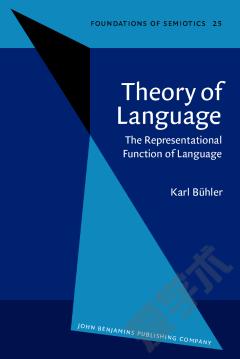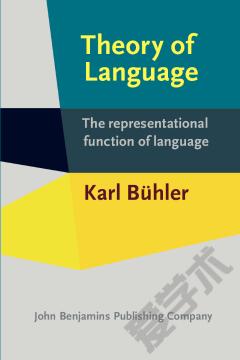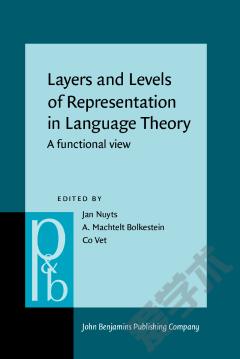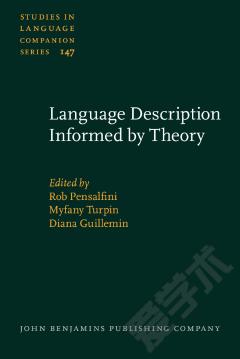Theory of Language. The Representational Function of Language.
Karl Bühler (1879-1963) was one of the leading theoreticians of language of this century. His masterwork Sprachtheorie (1934) has been praised widely and gained considerable recognition in the fields of linguistics, semiotics, the philosophy of language and the psychology of language. The work has, however, resisted translation into English partly because of its spirited and vivid style, partly because of the depth and range of analysis, partly because of the great erudition of the author, who displays a thorough command of both the linguistic and the philosophical traditions. With this translation, Bühler's ideas on many problems that are still controversial and others only recently rediscovered, are now accessible to the English-speaking world.Contents: The work is divided into four parts. Part I discusses the four “axioms” or principles of language research, the most famous of which is the first, the “organon model”, the base of Bühler's instrumental view of language. Part II treats the role of indexicality in language and discusses deixis as one determinant of speech. Part III examines the symbolic field, dealing with context, onomatopoeia and the function of case. Part IV deals with the elements of language and their organization (syllabification, the definition of the word, metaphor, anaphora, etc).The text is accompanied by: Translator's preface; Introduction (by Achim Eschbach); Glossary of terms and Bibliography of cited works (both compiled by the translator); Index of names, Index of topics.
{{comment.content}}








 京公网安备 11010802027623号
京公网安备 11010802027623号